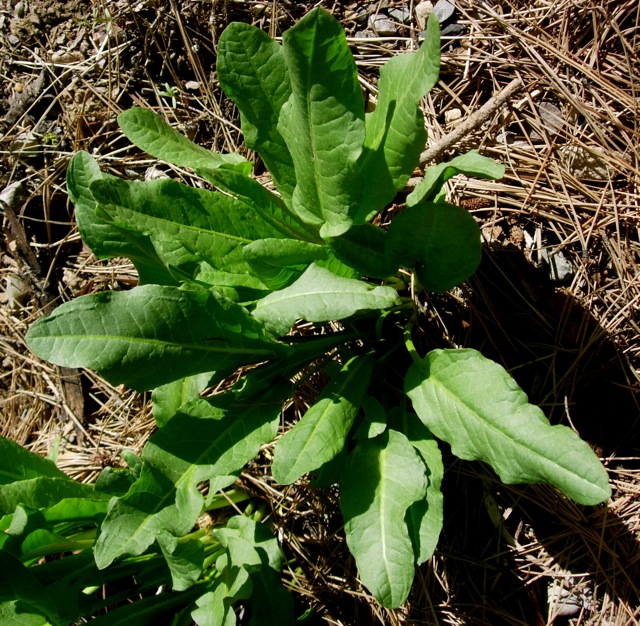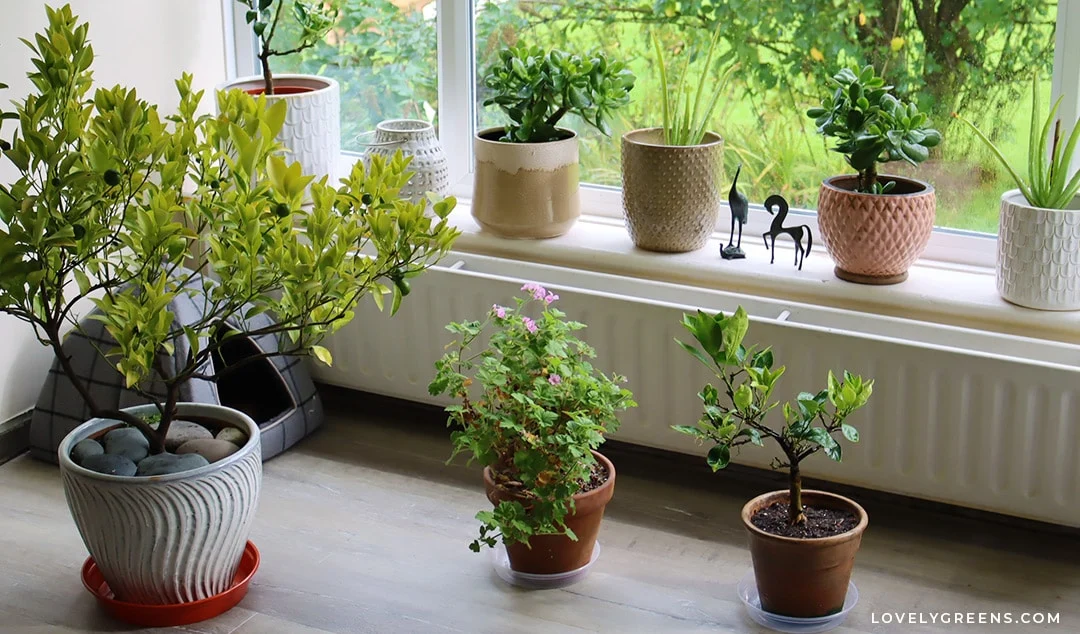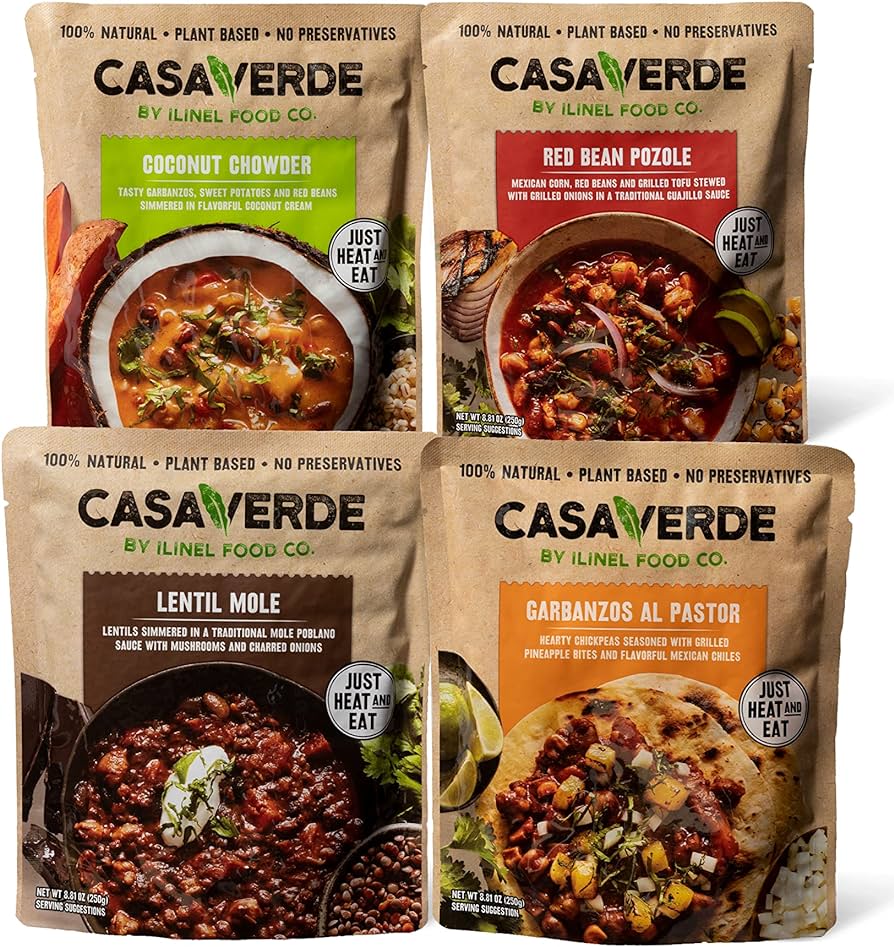The cost of a vegetable garden on a rooftop varies based on materials and size. Factors include materials used and the garden’s size determining the overall cost.
When establishing a vegetable garden on your rooftop, several factors influence the total cost. Materials including soil, containers, and plants impact the initial investment. The size of the garden will also play a significant role in determining expenses, with larger gardens requiring more resources.
Maintenance costs for watering systems, fertilizers, and any additional equipment must also be considered when budgeting for a rooftop vegetable garden. Overall, careful planning and consideration will help determine the final cost of your rooftop vegetable garden.
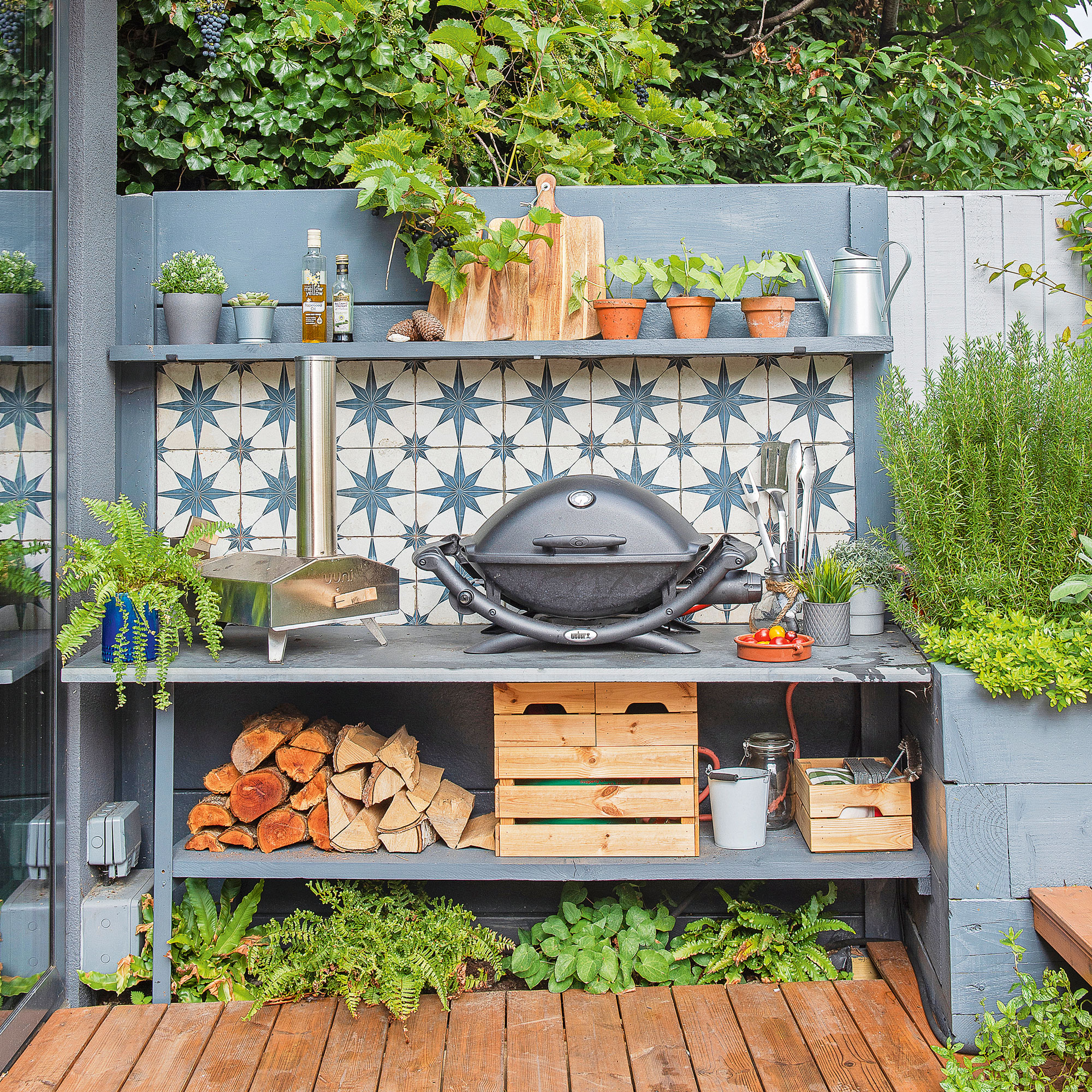
Credit: www.idealhome.co.uk
Benefits Of Rooftop Vegetable Gardens
Rooftop vegetable gardens offer various advantages that positively impact the environment and promote health and well-being.
Environmental Advantages
- Reduces carbon footprint by absorbing CO2
- Improves air quality and reduces the urban heat island effect
- Promotes biodiversity and attracts beneficial insects
Health Benefits
- Provides access to fresh, organic produce
- Encourages physical activity and outdoor time
- Reduces stress and enhances mental well-being
Factors Affecting The Cost
When planning to set up a vegetable garden on your rooftop, it is important to consider various factors that can affect the overall cost. These factors include the location of your rooftop, the size of the area available, and the types of vegetables you wish to grow. Let’s take a closer look at each of these factors:
Location
The location of your rooftop plays a significant role in determining the cost of starting a vegetable garden. Factors such as the city or neighborhood you reside in can affect the availability and prices of materials, as well as any permits or regulations that need to be adhered to. Urban areas may have higher costs compared to rural areas due to limited space and higher demand.
Size Of Rooftop
The size of your rooftop is another important factor to consider. The larger the area available for the garden, the higher the cost may be. This is because more materials such as soil, containers, and irrigation systems will be required to cover a larger space. Additionally, larger gardens may require more maintenance and ongoing care, which can add to the overall cost.
Type Of Vegetables
The type of vegetables you choose to grow in your rooftop garden can also influence the cost. Certain vegetables may require specific soil conditions, fertilizers, or pest control methods, which may come at a higher price. Additionally, some vegetables may have higher maintenance requirements or longer growing seasons, which can impact the overall cost of your garden.
By considering these factors – location, size of the rooftop, and type of vegetables – you can better understand the potential costs involved in setting up a rooftop vegetable garden. Keep in mind that starting a rooftop vegetable garden can be a worthwhile investment in sustainability, self-sufficiency, and the joy of growing your own fresh produce.
Maximizing Space Efficiency
Maximizing space efficiency is essential when creating a vegetable garden on a rooftop. With limited space, it’s important to utilize every inch creatively to ensure a bountiful harvest. To achieve this, vertical gardening and container gardening are great strategies to maximize gardening space and yield.
Vertical Gardening
Vertical gardening is a space-saving technique that involves growing plants upward, thereby making use of vertical space. By utilizing vertical planters or trellises, you can grow vines, climbers, and tall vegetables such as tomatoes and cucumbers. This method optimizes the available air space, increasing the overall yield of the rooftop garden.
Container Gardening
In container gardening, plants are grown in containers instead of traditional garden beds. Utilizing planters, pots, and window boxes, this method allows you to flexibly arrange the plants, making the most of every corner of the rooftop. It’s crucial to choose appropriate-sized containers to ensure the plants have enough space for root development and growth.
Selecting Budget-friendly Tools And Materials
When setting up a vegetable garden on a rooftop, one consideration is the choice of budget-friendly tools and materials. Selecting the right tools and materials can help keep the cost down while still creating a successful and productive garden space.
Diy Options
DIY options provide a great way to save on costs when setting up a rooftop vegetable garden. You can create your own garden tools and structures using easily accessible materials. From building planter boxes to making your own trellises, there are plenty of budget-friendly DIY options to explore.
Upcycling Ideas
Upcycling offers an eco-friendly and cost-effective approach to obtaining gardening tools and materials. Repurposing old containers, using reclaimed wood for building raised beds, and finding creative ways to reuse everyday items can help reduce the expenses associated with setting up a rooftop garden.
:max_bytes(150000):strip_icc()/re-3a333ff4c87c4521bbb886a94839ab49.jpg)
Credit: www.brides.com
Utilizing Natural Resources
When it comes to creating a vegetable garden on your rooftop, utilizing natural resources is a smart and sustainable approach. The abundance of resources available in our environment can be harnessed to support the growth of your plants while reducing the overall cost of maintaining your rooftop garden. In this blog post, we will explore two key natural resources that can be efficiently utilized in your garden: rainwater and compost.
Rainwater Harvesting
Rainwater harvesting is a simple and cost-effective way to provide your rooftop garden with a constant supply of water. By collecting rainwater, you not only reduce the demand on municipal water sources but also create a self-sufficient system for watering your plants.
To start rainwater harvesting, all you need is a system to collect and store rainwater. This can be as simple as placing barrels or containers at strategic points on your rooftop to catch the falling rain. You can also install a more advanced rainwater harvesting system with pipes and filters to ensure clean, debris-free water for your plants.
Once collected, the rainwater can be used to irrigate your vegetable garden. The natural minerals present in rainwater can enhance plant growth and reduce the need for chemical fertilizers. Plus, since rainwater is free of chlorine and other chemicals, it promotes healthier growth and reduces the risk of plant diseases.
Composting
Composting is another excellent way to utilize natural resources in your rooftop vegetable garden. Rather than throwing away kitchen scraps and yard waste, composting allows you to transform these organic materials into nutrient-rich soil for your plants.
Creating a compost pile is simple and requires minimal effort. Start by collecting kitchen scraps, such as fruit and vegetable peels, coffee grounds, and eggshells. Combine these with yard waste like leaves, grass clippings, and small twigs. Place these materials in a compost bin or build your own compost pile in an unused corner of your rooftop.
As the organic matter decomposes, it gradually turns into compost – a dark, crumbly substance that is ideal for enriching the soil. This nutrient-rich compost can be used as a natural fertilizer, promoting healthy plant growth and reducing the need for synthetic chemicals.
Not only does composting reduce waste and provide natural nutrients to your plants, but it also improves the soil structure, moisture retention, and overall fertility of your garden. It’s a win-win situation for both your vegetables and the environment!
In conclusion, rainwater harvesting and composting are two effective ways to utilize natural resources and maximize the potential of your rooftop vegetable garden. By harnessing the power of rainwater and transforming kitchen and yard waste into nutrient-rich soil, you can create a sustainable and productive garden that is not only cost-effective but also environmentally friendly.
Cost-effective Maintenance Techniques
For maintaining a vegetable garden on your rooftop in a cost-effective manner, implementing strategic techniques is crucial. By focusing on practical methods such as pest control strategies and natural fertilizers, you can ensure the health and productivity of your garden without breaking the bank.
Pest Control Strategies
Implementing pest control strategies such as companion planting and regular inspection. Using natural repellents like neem oil can help prevent infestations. Encouraging beneficial insects like ladybugs can also assist in keeping pests at bay.
Natural Fertilizers
Opt for organic fertilizers such as compost and manure to nourish your plants. Utilize kitchen scraps like eggshells and coffee grounds as natural fertilizers. Avoid chemical fertilizers to maintain a healthy and sustainable garden.
Community Engagement And Sharing Excess Produce
Rooftop vegetable gardens not only offer a sustainable way to grow food but also foster community engagement. Sharing excess produce is a wonderful way to connect with neighbors and promote a sense of unity.
Setting Up Community Gardens
Setting up community gardens on rooftops encourages collaboration among residents. It allows for shared responsibility, fosters teamwork, and creates a sense of belonging.
Bartering Or Donating Surplus Vegetables
Bartering or donating surplus vegetables from rooftop gardens is a great way to give back to the community. It promotes a culture of sharing and reduces food wastage.
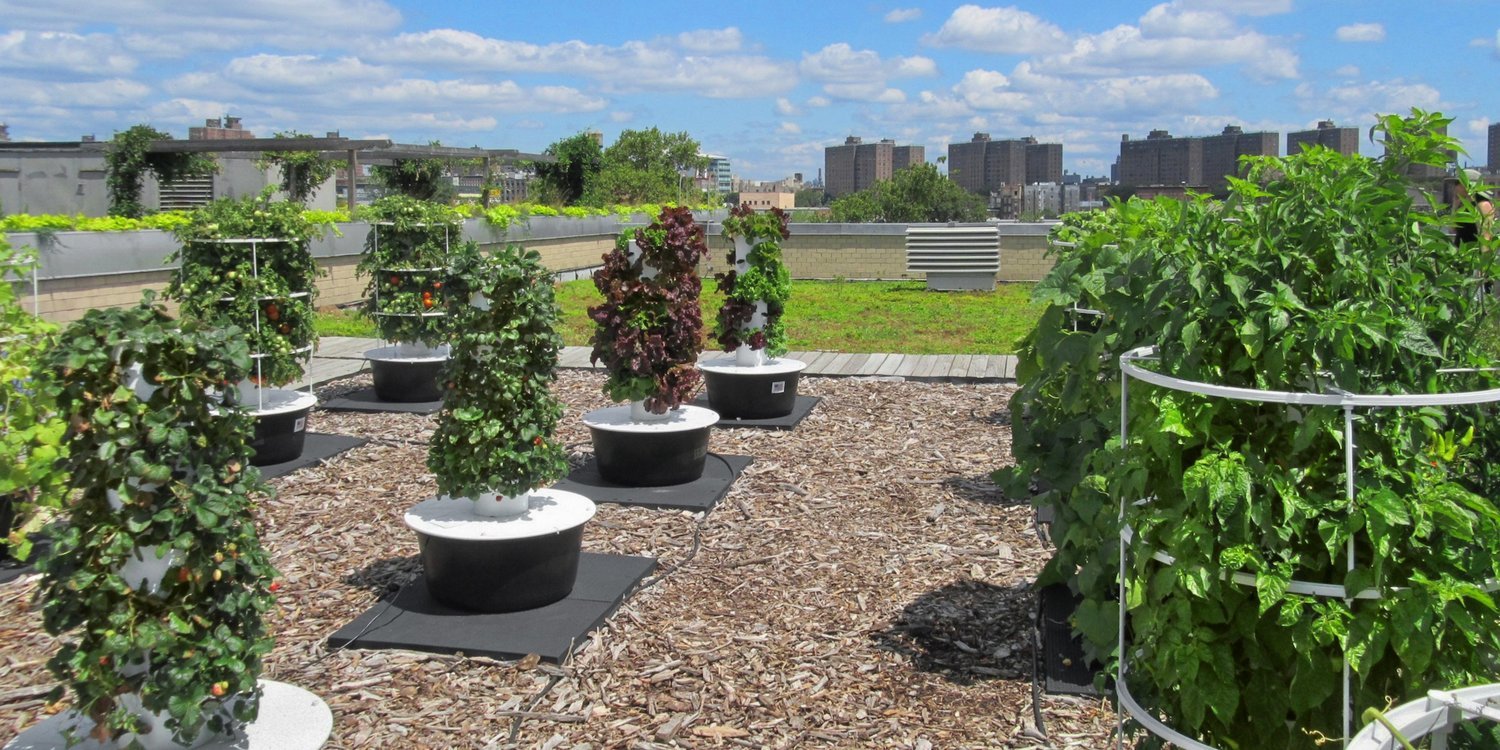
Credit: www.agritecture.com
Frequently Asked Questions For Vegetable Garden In Rooftop Cost
What Are The Benefits Of A Rooftop Vegetable Garden?
A rooftop vegetable garden provides fresh produce, reduces heat, and improves air quality.
How Much Space Is Needed For A Rooftop Vegetable Garden?
You can start a rooftop vegetable garden with as little as 4 square feet.
What Are The Essential Components For A Rooftop Vegetable Garden?
Key components include containers, quality soil, suitable plants, and adequate sunlight.
What Is The Average Cost To Set Up A Rooftop Vegetable Garden?
The cost of setting up a rooftop vegetable garden varies from $500 to $2000.
Conclusion
Creating a vegetable garden on your rooftop can be a cost-effective and sustainable solution for growing your own produce. With the right planning, resources, and techniques, you can enjoy the benefits of fresh, organic vegetables without breaking the bank. By embracing this urban gardening trend, you not only save money but also contribute to a greener environment.
So why not explore the possibilities of a rooftop vegetable garden and reap the rewards of homegrown goodness.


